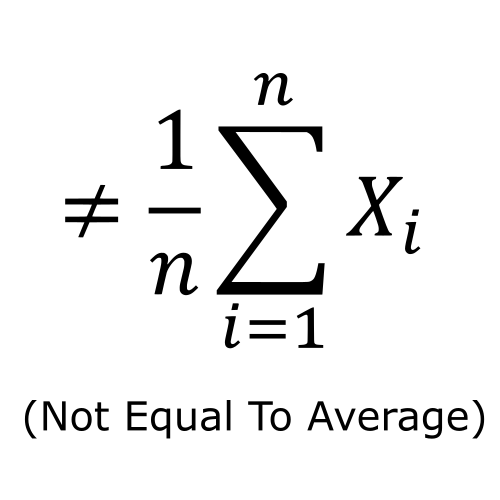### OpenAI's New Direction: Embracing Open-Weight AI Models
In a significant shift, OpenAI has announced plans to release an open-weight artificial intelligence model in the coming months. This move, spearheaded by CEO Sam Altman, aims to introduce a powerful new language model with advanced reasoning capabilities. The decision comes in response to the success of other open models like DeepSeek's R1 and Meta's Llama series, marking a pivotal moment in the AI industry.
#### The Rise of Open-Weight Models
Open-weight models, such as those from DeepSeek and Meta, have gained traction for their accessibility and affordability. Unlike proprietary models, these can be downloaded for free and modified to suit specific needs, making them particularly valuable for handling sensitive data. The term "weights" refers to the values within a neural network, set during training, which are crucial for the model's functionality.
Clement Delangue, co-founder and CEO of HuggingFace, a platform that hosts open AI models, expressed enthusiasm about OpenAI's announcement. "With DeepSeek, everyone's realizing the power of open weights," he told WIRED. This sentiment underscores the growing recognition of open-weight models' potential to democratize AI technology.
#### OpenAI's Strategic Shift
Sam Altman's announcement on X (formerly Twitter) signals a strategic shift for OpenAI, which has traditionally offered its AI through chatbots and cloud services. The forthcoming model will be available to run on personal hardware, a move that aligns with the company's new direction towards openness.
OpenAI's decision to embrace open-weight models is also a response to the competitive landscape. DeepSeek's R1 model, for instance, was reportedly trained at a significantly lower cost than most large AI models, challenging the industry's status quo. OpenAI's upcoming release aims to demonstrate that it can achieve similar efficiencies.
#### Addressing Safety and Ethical Concerns
While open-weight models offer numerous benefits, they also raise concerns about potential misuse. AI researchers have highlighted the risks of these models being exploited for malicious purposes, such as cyberattacks or the development of dangerous weapons. To mitigate these risks, OpenAI has committed to rigorous safety measures and adherence to its Preparedness Framework, ensuring that the new model will not pose catastrophic risks.
#### Opportunities for Developers
OpenAI is already engaging the developer community by inviting applications for early access to the new model. The company plans to host events in the coming weeks, where developers can interact with early prototypes. This initiative reflects OpenAI's commitment to fostering innovation and collaboration within the AI ecosystem.
#### The Broader Context
The trend towards open-weight models is not new. Meta pioneered this approach with the release of Llama in July 2023, and since then, a growing number of open-weight AI models have become available. However, some researchers argue that these models could be more transparent, as details about their training data are often kept confidential. Additionally, licensing restrictions imposed by companies like Meta can limit the commercial potential of applications built using these models.
As the AI landscape continues to evolve, OpenAI's embrace of open-weight models represents a significant step towards greater accessibility and innovation. This shift not only responds to competitive pressures but also aligns with broader industry trends towards openness and collaboration.
---
_As an Amazon Associate I earn from qualifying purchases._
By staying informed about these developments, you can better understand the future of AI and its potential impact on various sectors, including home automation, interior design, and DIY projects. Whether you're renovating your home or looking for new furniture, the advancements in AI could soon offer more personalized and efficient solutions to enhance your living space.

